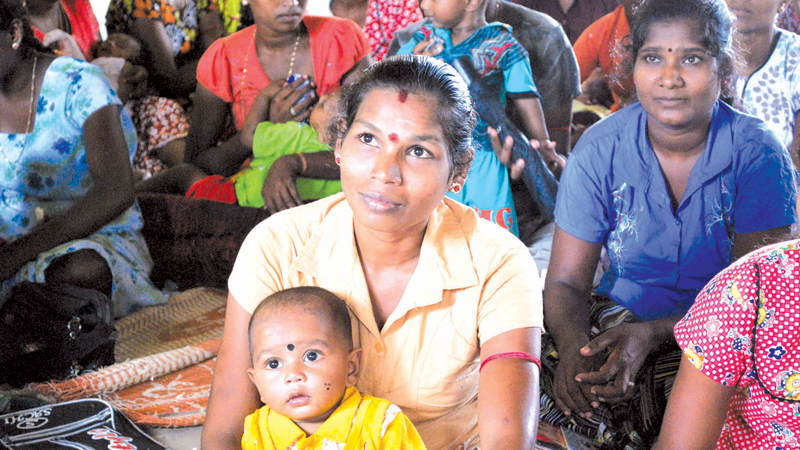Part 2
A woman's reproductive period generally varies from 15 to 45 years - a period of 30 years and a fertile woman can give birth to 15 children. In the 19th and the early 20th century, in Sri Lanka, there have been women with a dozen children and there were instances when the mother and the daughter have been simultaneously pregnant. In Buddhist literature the chief Upasika of the Buddha, Visaka had 32 children. Information on fertility in India indicates that an average woman gives birth to six or seven children if her marriage life is uninterrupted. Fertility depends on several factors: age of marriage, duration of married life, spacing of children, education of the parents, economic status, culture and religion, ethnicity, nutrition, family planning etc. (Park, 1985).
Sol long as women average more than two surviving children, the population will grow without a limit in future years. But even if from now on the women were to have two surviving children (replacement level fertility) the population will continue to grow for about 60 years because there will be more and more women in the reproductive age, entering the population. Even with an average of one surviving child per woman, the population would increase slightly over the next 20 years before decreasing. The present situation in Sri Lanka is that Sri Lanka has reached the replacement level, but the population is still growing and the population density continues to remain high.
In Sri Lanka, the death rates and the birth rates have continued to fall, but they are not equal. The birth rates exceed death rates. In 1974 the birth rate has been 28 and the death rate has been 7.7 respectively. In 2012 death rates has been 5.96 and the birth rate has been 17.04 per 1,000 population. The Infant Mortality Rate too has declined from 46 in 1973 to nine (9.4) in 2012. Life Expectancy at birth (1967) for males has been 64 and for females 66.9 while these have remarkably increased to 72 years for the males and 79 for the females respectively in 2012 indicating that an increase in the aged dependent population. However, there have been nonagenarians and centenarians. These rates reflect the improving quality of life of the general population. However, Sri Lanka is not a fully developed country according to the global economic standards.
 In terms of population, Sri Lanka remains in the third stage of the demographic cycle (late expanding) because the births exceed the deaths though both rates continue to decline and there is no zero population growth. Zero population growth was reached by Sweden and Germany in 1982, and very small population increase as low as 0.1 were reached by Switzerland. Most industrialized countries have undergone a demographic transition shifting from high birth and death rates to very low rates and the population is not a burden in quantitative terms. Their problem is focused on sustaining the quality of life of the elderly population.
In terms of population, Sri Lanka remains in the third stage of the demographic cycle (late expanding) because the births exceed the deaths though both rates continue to decline and there is no zero population growth. Zero population growth was reached by Sweden and Germany in 1982, and very small population increase as low as 0.1 were reached by Switzerland. Most industrialized countries have undergone a demographic transition shifting from high birth and death rates to very low rates and the population is not a burden in quantitative terms. Their problem is focused on sustaining the quality of life of the elderly population.
We rarely hear of ethnic conflicts in industrially and economically developed countries. In China, the small family norm with one child per women has been implemented despite there being several ethnic groups. Minority groups are encouraged to have two children per married woman.
The ethnic problems in Sri Lanka are not confined to Sri Lanka alone. The international concern is still focused on it. Let bygones be bygones.
The efforts of the government should be aimed at bringing a reconciliation. It is not difficult to settle ethnic grievances amicably. Each ethnic group should be able to claim equality and not superiority, to their status.
It should be noted that water long-stagnant becomes putrid and prevention is better than cure. Hence, a square deal would be to declare and implement a holistic, resilient and proactive population policy as a strategy to achieve unity in diversity and improve the quality of life of the population.
Concluded



Add new comment